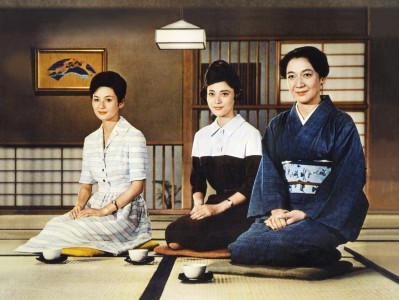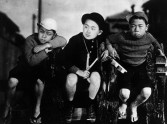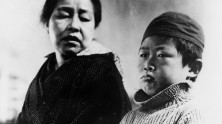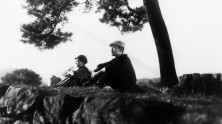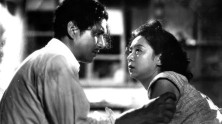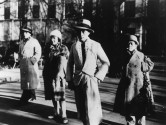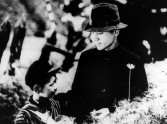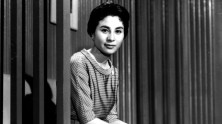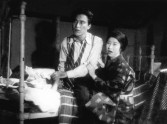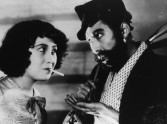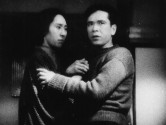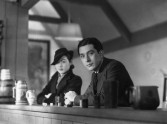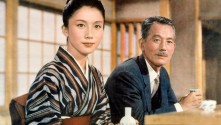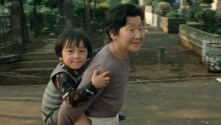
In direct reference to Late Spring, Ozu’s Late Autumn casts Hara Setsuko as the middle-aged widow Akiko, whose daughter Ayako (Tsukasa Yoko) refuses to get married. Convinced that Ayako will not marry until her mother remarries, three friends of Akiko’s late husband try to play matchmaker for both women. The men’s rivalry stems from their college days, when Akiko was the pretty pharmacy clerk of their dreams—a nod to Tanaka Kinuyo’s bakery girl in Where Now Are the Dreams of Youth?. In an official publicity statement for the film, Ozu stated that he wished to show how “life, which seems complex, suddenly reveals itself as very simple.” Thus, the tightly interwoven structure of the film deliberately centers the men’s gossip, their speculations ballooning into comic distortions as Ozu sustains the mystery of Akiko’s feelings about remarriage and Ayako’s own curiosity about falling in love. Coated in an Ozian emerald—with swathes of pink, red, periwinkle, and purple—the film returns Ozu to the topic of widowhood with a more refined view of solitude as a part of aging, neither a crisis to be solved nor a form of noble martyrdom. In this context, Ozu emphasizes the importance of a love that makes it possible to one day be alone.
Part of film series
Screenings from this program
Late Spring

Tokyo Story

Early Summer

Passing Fancy
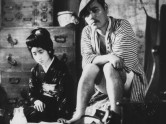
Dragnet Girl
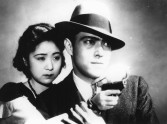
Tokyo Story

A Story of Floating Weeds
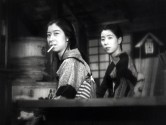
Days of Youth
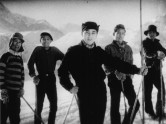
The Flavor of Green Tea over Rice

Early Spring
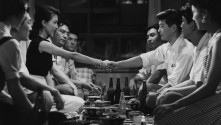
The Munekata Sisters
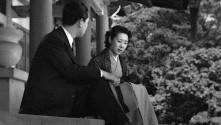
Floating Weeds

Good Morning
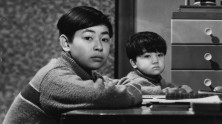
Late Autumn

Tokyo Twilight
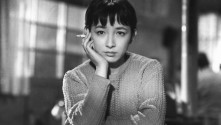
The Brothers and Sisters of the Toda Family

I Flunked, But …

Late Autumn

Where Now Are the Dreams of Youth?
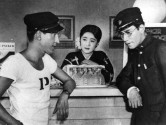
The End of Summer
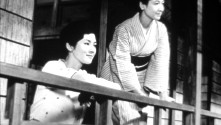
Early Spring

Café Lumière
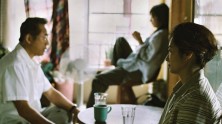
Tokyo Story

